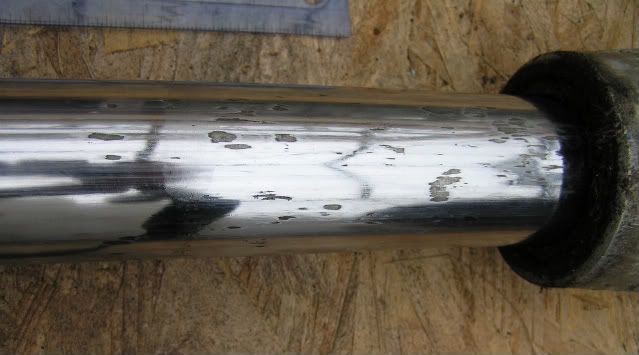Brian wrote:This loader was made for Ford by a company called SteelFab previously known as Horndraulic. They were one of the most popular loaders in the 1950's through to the 1970's and made loaders for all the major manufacturers like Massey Ferguson and Ford under their own names and colours. They also made construction equipment and back hoe fittings.
Brian,
Thanks for the background on SteelFab. There's an interesting page on Wiki:
http://en.wikipedia.org/wiki/Steelfab which says:
"In 1949 SteelFab who were based in Cardiff, negotiated a licence with Horn Brothers USA, to manufacture and market agricultural hydraulic loader attachments and well over 100,000 "Horndraulic" loaders were sold. In the early 50's it was decided to go into the Backhoe market, which resulted in the introduction of the "Scout" Digger, manufactured under licence to the Shawnee Manufacturing Company of the USA.
In 1952 a subsidiary Company was formed in Australia and this Company had a modern plant on the Moorabbin Industrial Estate near Melbourne, Victoria.
In 1954 a licence was finalized with the Shawnee, to manufacture and market "Shawnee" industrial loaders and diggers.
In 1959 Steelfab initiated a project to introduce a Combination Unit as opposed to the Shawnee Warrior type attachment digger. The Steelfab Unit was designed to fall between the JCB4 and Massey Ferguson Backhoe loaders models.
Several hundred 160/180 combinations units were build but the early models were built on the light weight Fordson Dexta skid unit which was not strong enough to carry the stresses produced by a backhoe loader and units started to fail."
Units were also produced for the stronger Ford 5000 skid and the Steelfab SF 122 loader was used to build the "Roadless 700" Tractor loader in 1968, based on the Roadless Plougemaster 65 and 75 tractors.
It seems SteelFab eventually fell victim to JCB amongst others, in the backhoe market ceasing production in the early 70's.
All the best,
Ben



